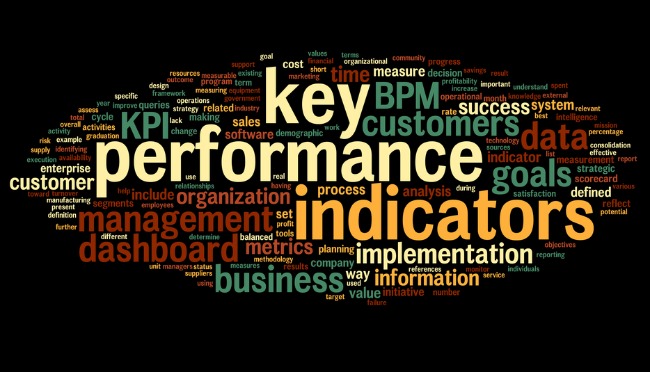
KPI are three of the most important letters in the world of email marketing. Learning how to evaluate key KPI is an essential part of email marketing success. If you are looking solely at click throughs and open rates, you could be missing out on some key metrics – and some key ways to make your email marketing campaigns even more effective.
What Are KPI?
KPI stands for key performance indicators, and it is essential that email marketers understand KPI and why it is so important. There are a number of key performance metrics that every email marketer needs to pay careful attention to. You may already be familiar with some of these performance indicators, while others may be new.
It is important for email marketers to understand how these key performance indicators work and what makes them so important. Simply put, KPI represents a foundation on which you can build your campaigns. Once the foundation is in place, you can continue to build on it, making each subsequent campaign more successful and more effective than the one that preceded it.
Why Is It So Important to Measure Them?
Measuring KPI is a vital part of email marketing. If you do not constantly measure KPI, it will be very difficult to know how you are really doing and how effective your campaigns really are. You may know how many people are clicking on your ads or responding to your emails, but can you compare the delivery rate of your latest campaign to the one you ran last year? Without this basic knowledge, it will be all but impossible to gauge the effectiveness of your campaigns going forward.
Measuring KPI also gives email marketers an easy way to compare their campaigns to those of their competitors. You might know how well (or poorly) you are doing, but without solid KPI measurements you cannot know where you stand relative to your peers.
The Most Important KPI to Consider for Email Marketing
There are a number of important measurements within the KPI universe. Some of the most important include:
- Delivery rate – The delivery rate is a vital key performance indicator for your campaigns. The email delivery rate provides invaluable information about everything from the quality of your email list to the effectiveness of your opt-in process. Delivery rate is determined by dividing the number of emails delivered/number by the emails sent (measured in percentage)
- Spam complaint rate – Nothing can derail your business faster than getting labeled a spammer. Measuring your spam complaint list gives you an early warning and allows you to make changes before it is too late. Usually, professional SMTP server, like turboSMTP, make the number of spam complaints available to all their clients.
- Unsubscribe rate – The unsubscribe rate can tell you a lot, like if your customers are getting what they bargained for. A high unsubscribe rate can mean you need to work on your content and reevaluate the needs of your list members. To calculate it, simply divide the number of your recipients that unsubscribed from your email list by the total delivered emails and multiply by 100.
- Click-through rate – Response and click-through rates are essential indicators of success (or failure). A high click-through rate means your content is valuable and relevant; a poor rate means just the opposite. Click-through rate is calculated by dividing the total number of clicks by the total email opened and multiplying by 100.
- Conversion rate – Every email should include a clear call to action, and you need to measure the results carefully. Conversion rate is vital to success in email marketing since it tells you whether or not you are meeting your goals. You can calculate conversion rate by dividing the number of conversions (sales, leads, downloads…) /email delivered or emails opened.
The above metrics are not the only ones you need to look at, but they are among the most important. Other important components of KPI include lead generation, cost savings, revenue, ROI, customer retention statistics, revenue generation and average response value. Including these metrics in your calculations can make your KPI measurements more precise and more meaningful.
There are a number of ways to calculate KPI, but the message diagnostic method is the simplest and the most direct. With this approach, you simply choose a single email and measure it based on defined metrics like delivery rate, time spent on the landing page and unsubscribe rate.
It might not seem that a single email would provide much statistical information, especially if your list is hundreds of subscribers deep. Even so, the message diagnostic method can be surprisingly effective at gauging the effectiveness of your current email marketing approach.
Other approaches to measuring KPI involve analyzing the behavior of consumers who have received and responded to your messages. Marketers can measure the demographics of the respondents, test various message formats and use them to develop future strategies.
No matter how effective your current email marketing may be, it can always be better. Email marketing is constantly changing, and keeping up with the newest trends can keep you one step ahead of the competition.
Download SendBlaster FREE FREE Advanced Email Marketing eBook